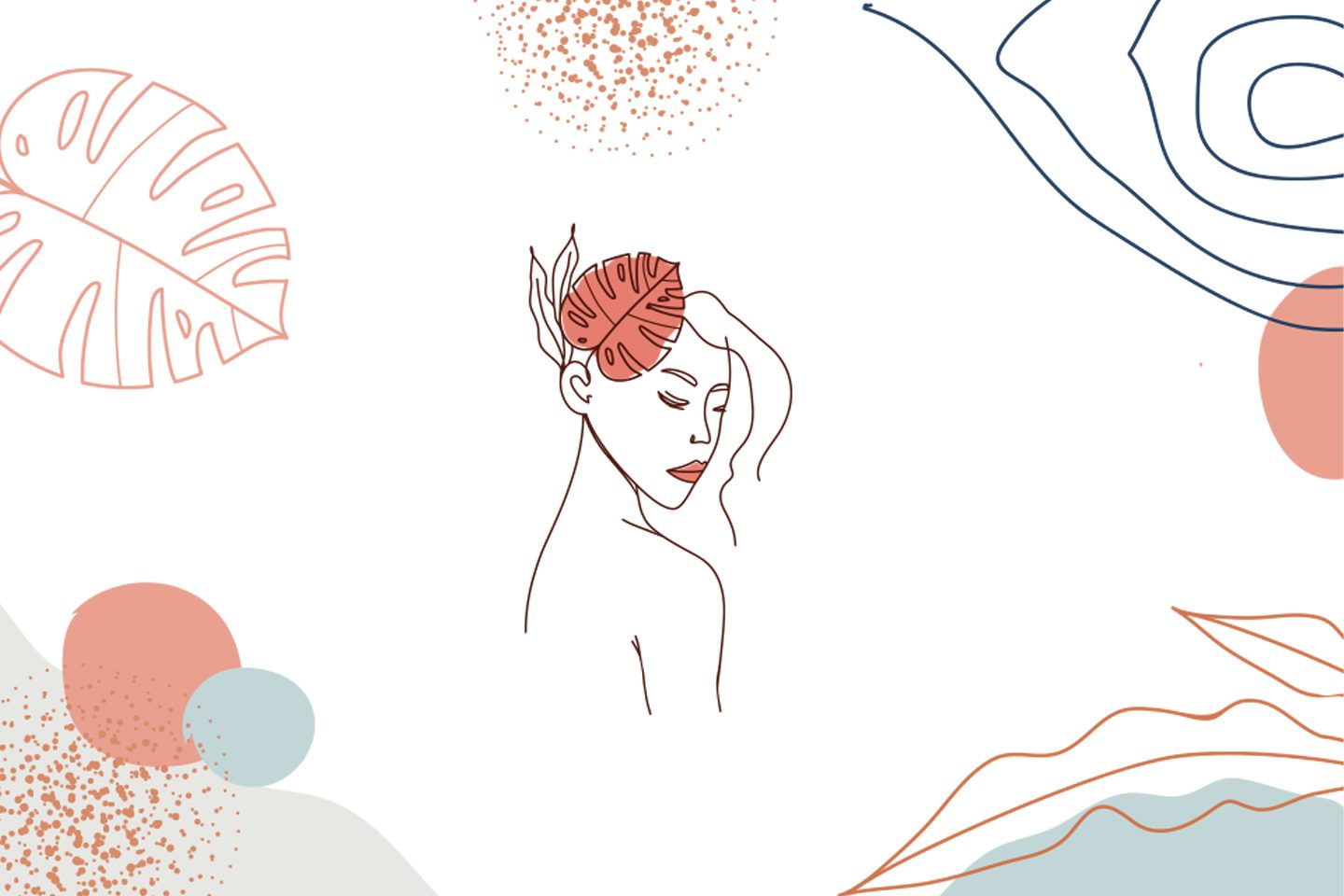Breaking Down the Biggest Beauty Buzzwords
Clean beauty is all the rage these days – and for good reason!
We want our cosmetic products to be made from safe, clean ingredients for our sake and the environment’s. But what exactly is clean beauty, and what does it mean for your beauty routine?
Put simply, clean beauty refers to products that are formulated without controversial ingredients that could put your health at risk – for example, ingredients like parabens and phthalates. However, there isn’t an official list of “banned” ingredients from clean beauty products, which makes the concept of clean beauty rather subjective.
What’s more, there are a number of descriptors (all-natural, vegan) associated with the clean beauty movement, and many brands will use these terms to try to sell their products. Yet, the FDA doesn’t regulate these claims, meaning that clever marketing can trick you into thinking one product is “cleaner” than another. In an effort to provide some much-needed clarity, we’re defining some of the most common beauty buzzwords here.


All-natural
An all-natural label suggests that a product’s ingredients can be found in nature (as opposed to lab-made chemicals). It’s important to remember that all-natural doesn’t guarantee a safe product, and not all synthetic ingredients are bad – in fact, synthetic ingredients can actually help make many products safer and more effective.
Cruelty-free
A product can claim to be cruelty-free if it has not undergone any animal testing, whether during manufacturing or before the product is sold. It also indicates that any ingredients derived from animals were not extracted at the expense of the animal’s health.
Green
This (very broad) term means that a product doesn’t harm the environment – from its manufacturing and ingredients to its packaging and usage. Sustainability goes hand in hand with green, so products that are “sustainable” shouldn’t have negative effects on the planet.
Nontoxic
Nontoxic indicates that a product’s ingredients are safe for human use (which is the case for every cosmetic product currently sold in the United States). Sometimes, a clean beauty brand will use this label to show that a product doesn’t contain ingredients that have been proven toxic at any dose.
Vegan
A vegan label implies that a product does not contain any ingredients derived from an animal, such as animal fats, beeswax, or honey. Note that this term is not interchangeable with cruelty-free; a product can be vegan and not cruelty-free, and vice-versa.
Organic
As the only government-regulated term on this list, products deemed organic – meaning they are composed of at least 95% organic material and manufactured without genetically modified organisms – will be marked by an official USDA Organic Seal. Since the certification can be expensive to obtain, some independent brands may list organic ingredients even though the packaging doesn’t sport the seal.
As you can see, creating a clean beauty routine isn’t exactly straightforward. Our advice? When choosing cosmetic products, always check the ingredient list; there are plenty of credible online resources that offer recommendations on the top ingredients you’ll want to avoid (including parabens, phthalates, oxybenzone and octinoxate, triclosan, talc, formaldehyde, and fragrance).
Also, keep in mind that while labels like “cruelty-free” and “organic” provide important information for the consumer, they don’t necessarily signify that the product is clean – only the ingredient list can tell you that.

